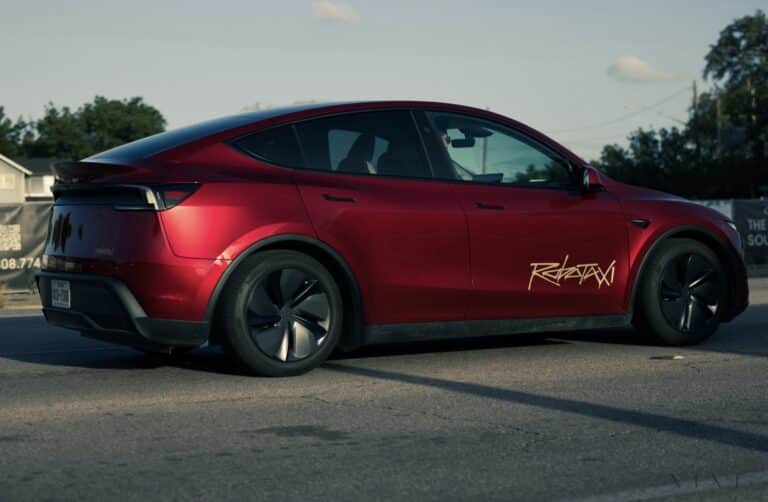Tesla’s ambitious growth targets for 2024 face mounting headwinds as early indicators suggest softer-than-expected demand for its highly anticipated Cybertruck, while the company grapples with broader market challenges across its aging vehicle lineup, reports Reuters.
The electric vehicle pioneer, which delivered a record 1.81 million vehicles in 2023, is struggling to maintain its characteristic growth trajectory amid rising interest rates and increasing competition from hybrid vehicles. CEO Elon Musk’s target of 20-30% sales growth in 2024 appears increasingly dependent on both the Cybertruck’s market performance and the introduction of more affordable vehicle options.
Data from S&P Global Mobility reveals concerning trends in Cybertruck registrations, with numbers declining from 5,428 units in August to 4,039 in October. Through October, total registrations reached 31,451 units, with Bernstein analysts projecting approximately 50,000 deliveries by year-end – figures that fall short of the enthusiasm suggested by Musk’s earlier claim of one million reservations.
The Cybertruck’s pricing strategy has evolved significantly from its initial announcement. The 2019 promised entry price of $40,000 has given way to current offerings that include the range-topping Cyberbeast at nearly $100,000 and an all-wheel-drive variant at approximately $75,000. The Foundation Series launch edition commanded prices up to $120,000, positioning the vehicle well above traditional pickup truck segment pricing.
Market response indicators have prompted Tesla to implement various incentive programs. The company recently reduced monthly lease rates from $999 to $899 and has begun offering immediate delivery options from inventory – moves that industry analysts interpret as potential signs of softening demand. “When you see those types of deals, they are basically an indication of softening demand,” notes Tom Libby, S&P Global Mobility’s associate director of industry analysis.
The secondary market presents additional warning signals. Used Cybertruck listings on CarGurus now average 75 days to sell, a significant increase from the 27-day average observed in May. Kevin Roberts, director of economic and market intelligence at CarGurus, reports declining sales volumes alongside lengthening inventory times.
These challenges extend beyond the Cybertruck. Tesla’s broader U.S. registrations through October showed a 7% decline compared to the previous year, with the Model 3 sedan experiencing a 32% drop and the Model S luxury sedan falling 24%. The company has responded with aggressive incentives across its lineup, including promotional financing, complimentary charging programs, and temporary access to its Full Self-Driving software.
The conservative nature of traditional pickup truck buyers may be contributing to the Cybertruck’s market reception challenges. “Unfortunately, buyers of full-size trucks are a rather conservative crowd,” explains Sam Fiorani, vice president at AutoForecast Solutions, noting that the vehicle’s distinctive trapezoidal, stainless-steel design may be limiting its appeal in the competitive truck segment.
Looking ahead, Tesla’s growth strategy appears increasingly dependent on future initiatives, including Musk’s proposed robotaxi business. However, analysts caution that such technologies remain years from practical implementation, suggesting that near-term performance will likely hinge on the company’s ability to introduce more affordable vehicle options and successfully navigate the evolving EV market landscape.
The company’s ability to achieve even modest growth in 2024 will require careful management of its product mix and pricing strategy, particularly as it works to establish the Cybertruck’s position in a market that has proven more challenging than initially anticipated. Tesla is expected to report its full-year 2024 delivery figures in early January, with analysts currently projecting numbers roughly flat with 2023’s performance.
Discover more from EVXL.co
Subscribe to get the latest posts sent to your email.

















